Google Core Update: Focus Your Niche
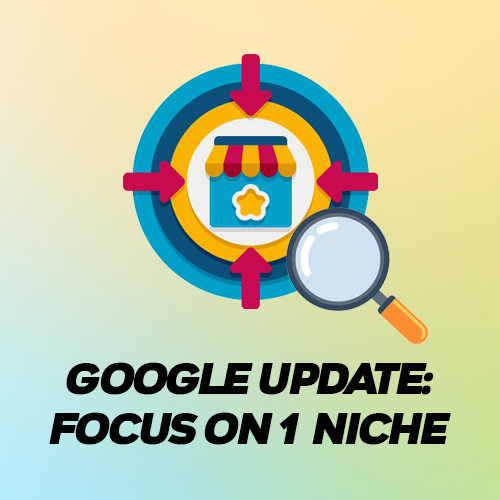
Highlight your Niche, Don’t Overgeneralize
For many business owners, there is a general perception that their online content should be as broad as possible, drawing customers in from all corners of the web.
That line of reasoning has been stomped by the May 2022 Google Core Update! Google wants to prioritize content that highlights the E-A-T model:
- Expertise
- Authoritativeness
- Trustworthiness
How do you improve the E-A-T rating of your site? Get positive reviews on your products, ask for mentions from followers or fellow businesses, and ensure that users feel safe and secure when buying products from your site. Ask for customers to leave positive feedback on sites like Trust Pilot or Google reviews – that is a surefire way to improve your E-A-T!
Be a Specialist: Highlight your Niche
In doing so, it appears Google wants to boost e-commerce stores and content that demonstrate strong expertise in their niche, and do not try to blast out mundane, poor-quality content on everything from celebrity news to “The best couches of 2022.”
This is potentially a huge boon for niche e-commerce business owners. You no longer have to dilute your online content by broadening its scope! Rather, it’s best now to push the other direction, and make your posts specialized to your niche business. Google Search wants to reward e-commerce businesses who provide the highest-quality products in their field, and will no longer let retail giants outrank SME competitors based solely on their larger online domain.
Refine Your Search Results with Longtail Keywords
Picking the relevant keywords to buy Google ads has always been important, but the recent Google Core Update makes longtail keywords more important than ever before. What are longtail keywords? They are the manifestation of “niche” interests within search engines. Longtail keyword phrases are highly specialized and specific, meaning instead of a customer searching…
“Buy shampoo,”
They search:
“Shampoo with all-natural ingredients and anti-dandruff.”
Instead of searching,
“Buy new couch,”
They search
“New cherrywood handmade couch with futon and memory foam cushion.”
Notice the difference? Longtail keywords are generally longer (3+ words), describing very specific products. Review your current product line, and make sure you only buy Google AdWords that describe your product in precise detail! They usually have lower a lower cost-per-click (CPC) as well, so that’s an added bonus for your online marketing budget.
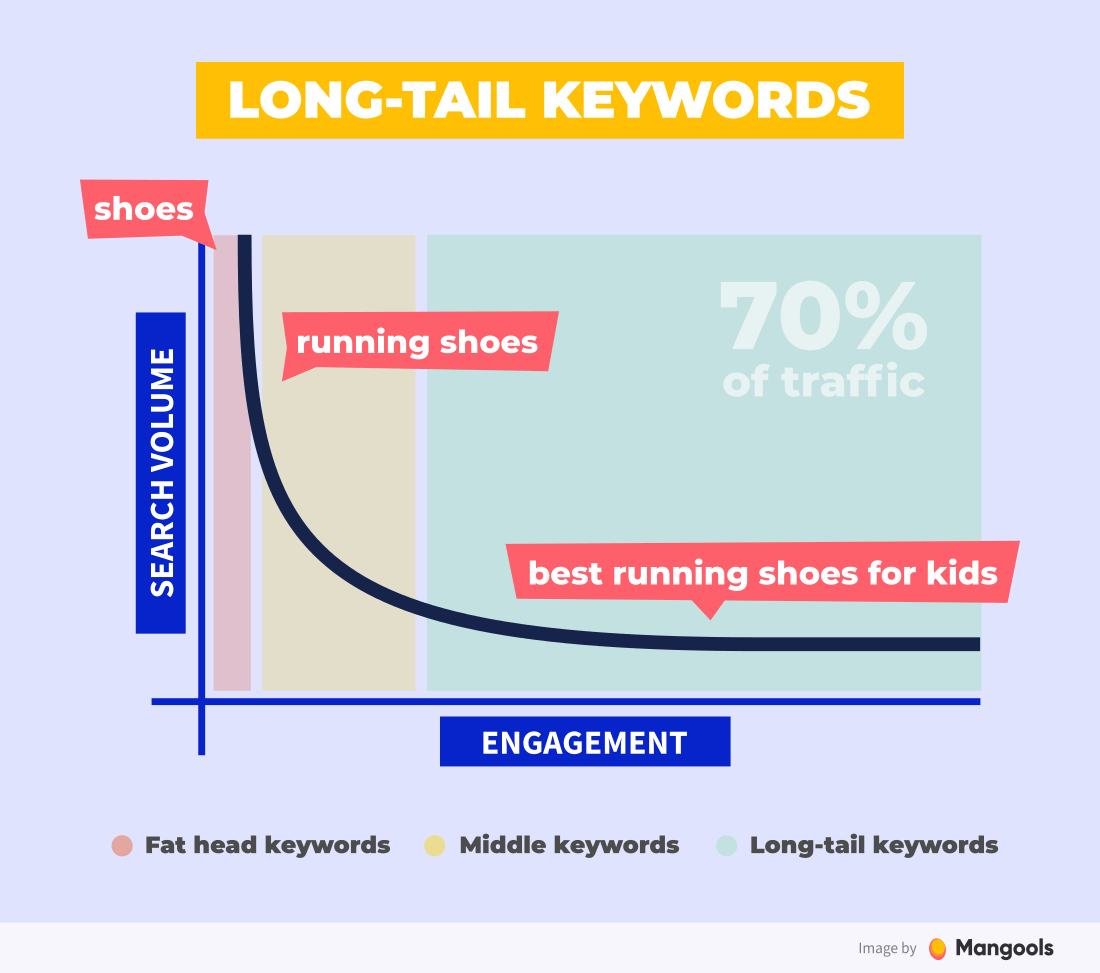
Amazon: The King of Longtail Keywords
While they are a retail giant now, Amazon is the classic example of longtail keyword success. When they were simply a humble bookstore, Amazon did not want to compete by selling 1,000,000 copies of the most recent bestseller. Bookstore giants like Barnes n’ Noble were dominant on these popular titles.
Instead, Amazon aimed to sell books with niche audiences, maybe only selling 10 copies of each title. However, if they were able to dig and find 100,000 books that each had a niche audience of 10, guess what… they still sold 1,000,000 books 😉 In essence, longtail keywords are a big reason why Amazon became the retail giant it is today.
Conclusion: Google Core Supports Longtail Keywords
If you want to benefit from the recent Google Core Update, find longtail keywords related to your product line, bid on low-CPC Google AdWords related to them, and watch your sales grow! If you are having trouble retargeting customers, or want an advertising option outside Google’s Display Network, contact Ad360 today! We have the niche expertise to power your digital marketing success 😊
Google Core Update: Trouble for SEO?
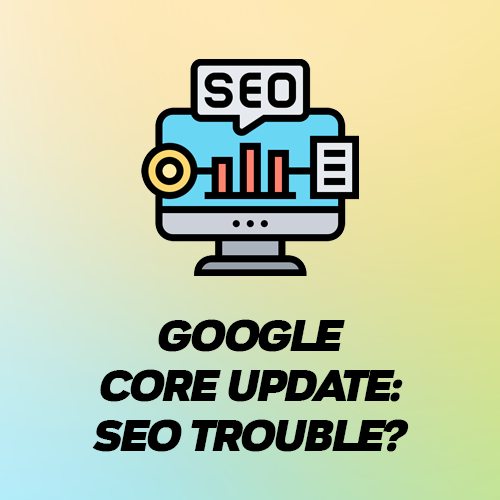
Some E-Commerce Owners are Frustrated by Google Core’s Update
It’s clear that Google’s Core Update has already affected a lot of businesses online. While the new Search Engine algorithm just began rolling out in May 2022, some e-commerce sites reported immediately falling out of the SERP rankings for important keywords, as well as seeing a drastic drop in clicks and impressions on the site. Take the following tips below as a starting point to improve your Google SERP ranking.
Click here for part I of our coverage on the Google Core Update
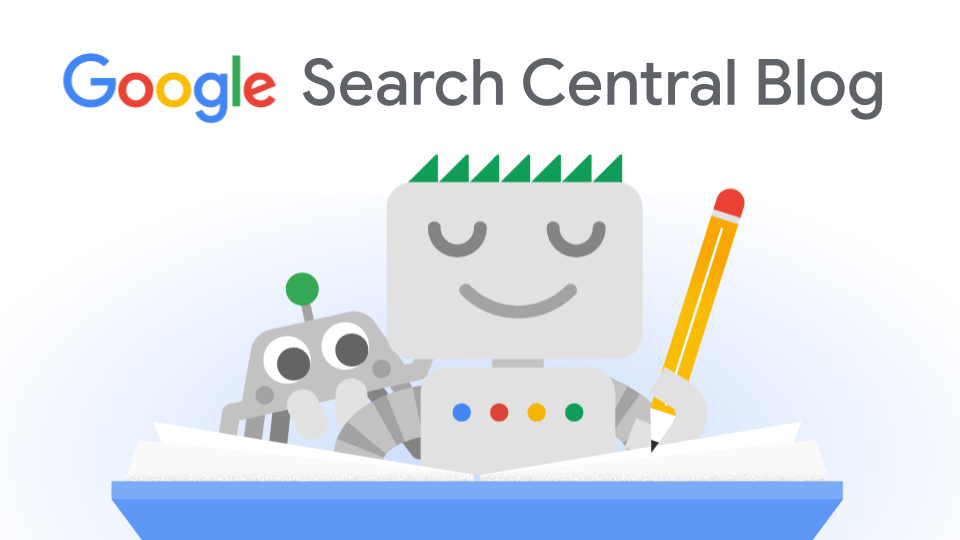
- Increase Posting Frequency
The most effective way to rebuild and grow your SEO, as well as your e-commerce sites online visibility, is to begin posting more frequently on your site.
Did you have a blog post rocket to the top of the Google charts two years ago? That’s great, but it won’t be enough to continue thriving following the May 2022 Google Core Update. If you are staying current and up-to-date on the major trends within your industry, Google is going to be rewarding you with a boost in page ranking!
2. Strive for Originality
On top of that, Google will now be rewarding sites that post original content. If you are reposting content from another site or using AI-generated content, Google is going to ding you. Also, if the quality of the content is basically a rambling word salad, and considered not useful for users, Google will rank that lower, as well.
Best Solution: Diversify your Traffic Generation Avenues
Aside from posting original quality content for frequently, it’s important that e-commerce business owners use the Google Core Update as a wakeup call to not rely solely on the search engine giant for their revenue!
You can begin ad campaigns with Ad360 in one click that bring visibility to the entire web, meaning you get impressions from outside Google’s display network and across all apps. On top of trying out various social media platforms, business owners can ensure that even if the Google Core Update affects their traffic from search engine’s other revenue streams and ad channels pick up the slack!
Google Core Web Vitals matter even more
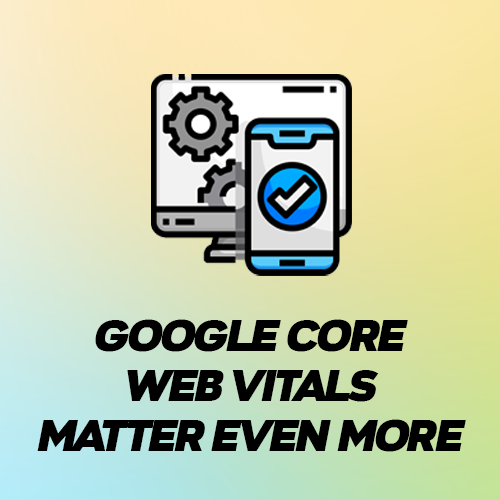
Google Algorithms Control your SERP Ranking
Because of its ubiquity on the market, Google holds huge influence on your e-commerce store’s visibility and viability through your site’s SERP: “Search engine results page.” Being ranked on the first page in Google search is the aim of any successful e-commerce business, so many will research or hire experts in “Search Engine Optimization” (SEO) to do just that!
Big News: Changes to Google’s Core Algorithm?
After following the same guidelines for the past few years, Google has officially begun rolling out the next “Google Core” algorithm update. While the implications of this update will not be clear for several more weeks, its important for e-commerce businesses to be aware of how Google’s Core Update could affect the visibility of their e-commerce site.
Double-Check Your “Core Web Vital” Metrics
Core Web Vital metrics include your site’s page speed, its response to user input, and the stability of the webpage loading across different devices. While it’s early on, it appears sites with strong core vitals are immediately seeing a boost in traffic. We’ve mentioned the importance of webpage speed here, so make sure you get a comprehensive website audit to check these core vitals!
While anecdotal, some online business owners reported seeing a 25% spike in traffic following the Google Core Update. It appears the strong fundamentals of their “Core Web Vitals” played a role in their boosted visibility online.
Also, it is clear that sites with original content are being boosted. If you have AI-generated content, or have boosted the work of someone else, Google now has software that spots the duplication of content, resulting in a lower SERP for your e-commerce store.

News Updates on Google Search Algorithm
Since Ad360 is devoted to helping e-commerce businesses successfully advertise their quality products online, we are paying close attention to the rollout of Google’s Core Update for Google Search. Stay tuned for new developments and insights on this story!
WordPress Blogs Boost WooCommerce Sales
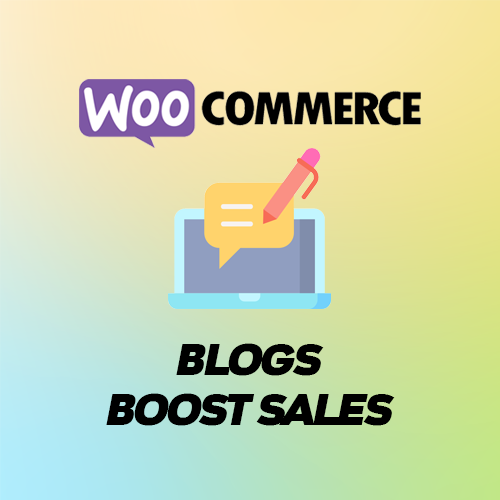
Texts Online are Crucial for SEO
While setting a daily budget and promoting on major platforms are the backbone of driving traffic to your store, neither will automatically increase your SEO or SERP.
Instead, quality website text and blog posts help Google “crawl” your page more efficiently. By doing so, you will rank higher for the keyword searches potential customers execute every day! So, Ad360 recommends that, if you have a WooCommerce store you are advertising online, make posting a 250+ word blog post part of your routine.
Blog Posts Support Videos, Pictures & Infographics You Put Out
It’s important to note that good visuals online – especially mobile – are essential to catching customers’ attention. Xerox found that colorful infographics increase readership and customer memory by 80%! However, to keep them there, it helps to have a supporting blog post describing your product.
Because WooCommerce comes with a WordPress site, e-commerce business owners can get in a routine of preparing advertisements to go out across social media and the web, and linking the accompanying blog post with a minimal strain on your time.
In fact, the blog posts do not even have to be perfect and sound “polished” and professionally written. Most online users read blog posts for entertainment and education, not to make buying decisions. Some quick numbers on that: 77% of the internet users read blogs, and a third of all readers read them solely for entertainment. So, let your blog be your outlet for you to show your brand’s personality and connect on a more conversational and intimate tone with your followers. Hopefully, this post here inspires you to keep pressing on ahead with your WordPress blog – let your voice be heard!
And hey, it increases your sales on WooCommerce and SEO ranking. Why not? 😉 Make the most of your WooCommerce promotion with an updated WordPress blog!


4 Keys to Unlocking SEO on Shopify

And why it’s VITAL for Sales Growth!
In part III of our “Search Engine Optimization” series (part I and II linked here), we distill the top 4 “keys” to boosting sales with SEO. Here, you’ll find the breakdown of actions you could take today to increase your store’s visibility on search engines like Google – and they aren’t complicated! SEO may not be rocket science, but it does take strategic, effective marketing strategies on your part.
Read below for the 360 degree, step-by-step guide to learn the practical application of SEO strategy!
1. Favicon design
Favicons are those little picture designs that appear in the corner of your website tab. Some popular ones are the multicolored “G” when on Google or the red “play button” icon on Youtube.
These little guys may seem unimportant, but they carry a lot of weight for SEO ranking! Simply put, they provide brand awareness, credibility, and customers an easier way to recognize your site. Even if you have incredible goods in your store and provide top-notch service, customers subconsciously judge you right away if you don’t have a favicon like other sites.
Picture a dilapidated, old storefront – looks like a tornado just hit it. Even if the goods inside are amazing, and the store owner is a peach of a guy, chances are you won’t go in! It looks too worn-down on the outside. You make a snap judgement to move on.
That’s exactly what will happen to your store without a favicon! Get one designed asap to increase sales to your Shopify store.
2. Descriptive heading tags for well-organized site categories
We’ve mentioned in an earlier article the importance of descriptive heading tags to better organize your site’s web pages. Here’s why that is so essential. Not only do users feel better browsing, Google’s “crawl” software won’t get confused indexing your site. The clearer the web page headings and the better classification of your info, the more SEO-friendly Google will consider your site… and you will be rewarded with a better ranking 😊
Sometimes, these headings are referred to as “H tags.” Make sure to keep your ducks in a row when building the content on each page. It should always start with a clear, descriptive, but not-too-wordy title! That’s a major key to growing your Shopify sales.
3. Detail meta and product descriptions
On top of good headings, remember that breaking up your info with easy-to-read product descriptions is essential for SEO best practices. If you have any product listed on your site unaccompanied by at least a few lines of descriptive text, you are doing your online business a disservice!
Make sure you remember that new potential customers browsing your site (as well as Google’s web crawlers), are not experts on your industry like you. If you can find a way to give them good information, segmented into different tabs on the product description, you give yourself the best chance to land on the first page in Google rankings.
4. Research backlinks through Google Search Console
This final key may be the most difficult to implement, as it involves some pretty serious market research: backlinks. Backlinks are essentially hyperlinks that connect your site to another. Consider when you look for, say, a new toaster online. You find a site that lists the “top 10 toasters,” and there are hyperlinks leading to each option – those businesses successfully have been “backlinked,” linking them to more web pages across the web and increasing their visibility.
Now, when starting off green, finding the right sites to reach out to for a backlinks “shoutout” can seem pretty daunting. So, we recommend starting by checking out Google Search Consoles information on backlinks here. Make sure to check out what backlinks competitors have, and from there, you can begin your own marketing campaigns to increase the number of affiliate sites that offer a “backlink” to your Shopify store. More quality backlinks, more sales for your Shopify store 😊
If you feel you would benefit from some SEO expertise to set up your store for success, reach out to try a free demo from Ad360 today! We can provide a free consultation to evaluate how effective your SEO practices are, and what we can do to bring you up the Google ranks 😊 Cheers, we hope you enjoyed the 4 keys to SEO success!